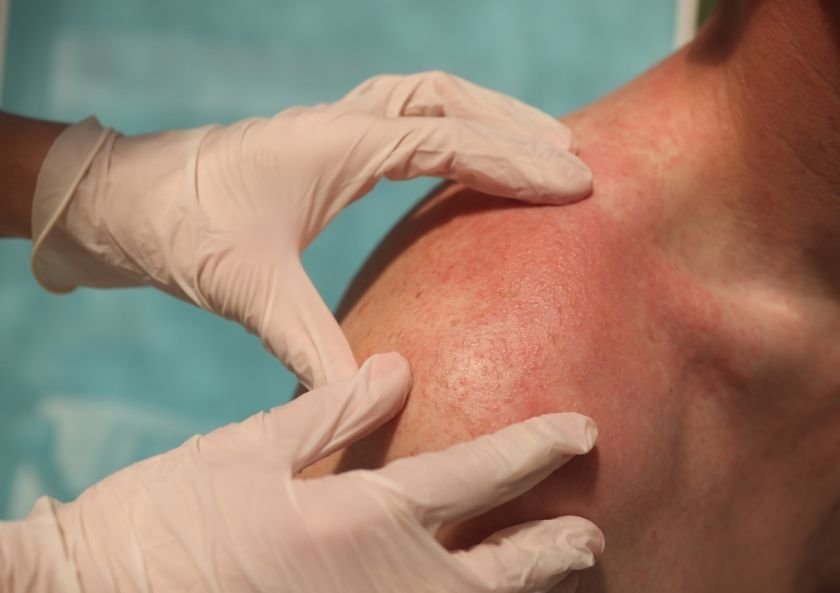Urticaria is a red, itchy plaques or skin rash, varying in size from a few millimeters to several centimeters, often pale in the middle, that occurs on the surface of the skin. This picture, which we define as urticaria, usually fades within 24-48 hours and does not leave any traces on the skin. That’s why it’s sometimes overlooked. In particular, the underlying causes of urticaria lasting more than 6 weeks should be investigated. There is more than one cause that can cause urticaria, so a diagnosis of urticaria should be made and the underlying cause should be found.
How is urticaria diagnosed?
The diagnosis of urticaria is made by anamnesis and physical examination. Before laboratory findings, a careful history of the patient should be taken and then an examination is performed.
It should be kept in mind that some of the underlying causes of urticaria may be drug and food allergies. Food skin tests should be performed on patients, especially if they have complaints about food. If the foods increase the complaints, it should be determined whether the complaints increase when these foods are removed from the diet and added again.
It should be explained that drugs, especially drugs in the NSAID drug group, increase urticaria attacks and that related precautions should be taken.
In patients with urticaria, blood tests are requested, which can be helpful in diagnosing according to the patient’s history. These may have anomalies in the complete blood count and erythrocyte sedimentation rate. In cases with urticaria, eosinophilia may be a guide for the detection of parasitic infection or atopic condition.
Since there may be many diseases other than allergies among the causes of urticaria, it is necessary to reveal these causes. In urticaria of unknown cause other than allergy, ANA, thyroid peroxidase antibodies, complement profiles, hepatitis markers and serum protein electrophoresis should be studied.
Some special diseases may only occur with angioedema. In the disease we call hereditary angioedema, the C4 level is low. If it is necessary to look at the C4 level of the patient, it will be useful to measure the C1 inhibitor level and function.
Should skin tests be done in the diagnosis of urticaria?
In patients who are thought to have urticaria by allergy specialists, skin allergy test and blood allergy test may be required to determine the cause. If food allergy is considered among the causes of urticaria, allergic food can be detected by skin prick test and a treatment path is followed accordingly.
After the nutrient is identified, it is recommended to remove the nutrient and all foods containing that nutrient from the diet list.
Urticaria can sometimes reproduce during pollen seasons. Especially in those with pollen allergy, urticarial rashes occur when patients eat fruit or vegetables, as sometimes there is a cross-reaction between pollen in fruit and vegetables. Although the main cause of this picture, which we call oral allergy syndrome, is pollen allergy, there are complaints with cross-reactive fruit. Therefore, it is necessary to do skin tests to understand whether there is a pollen allergy in patients with urticaria.
If skin tests cannot be performed, sometimes blood tests can detect food or other allergens to which they are allergic, but blood tests are less sensitive than skin tests.



